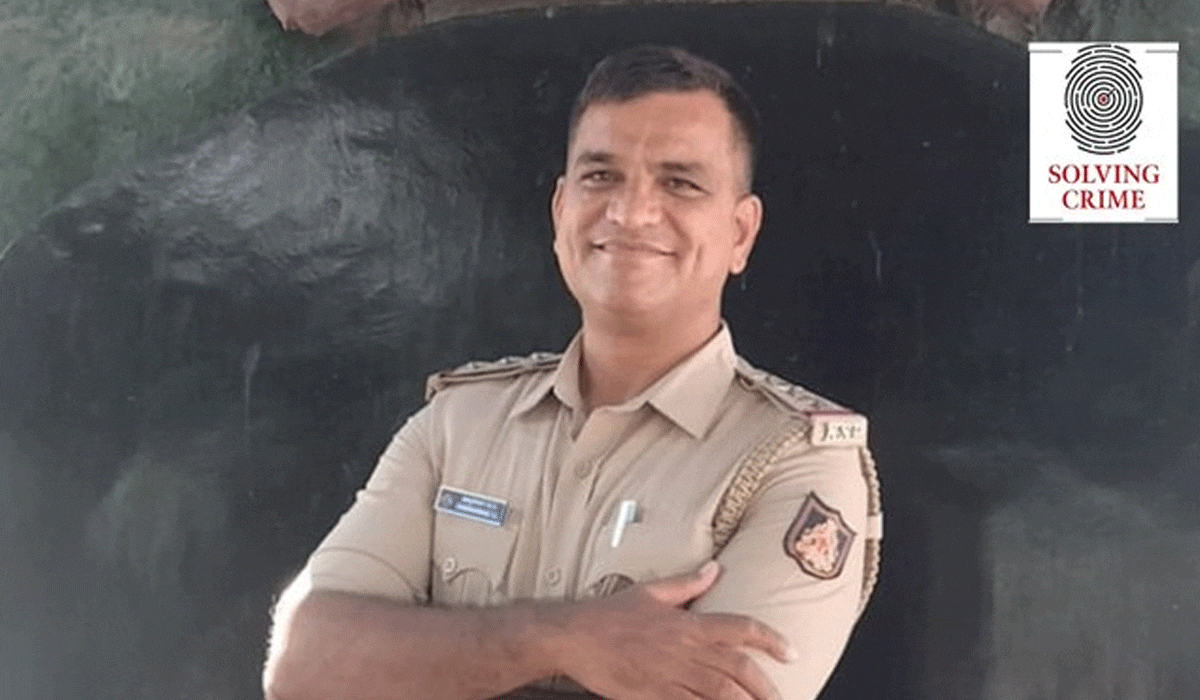Phone Call Exposes Karnataka Teacher Imtiyaz Murder Plot, Leads to Death Penalty
A shocking phone call exposed a murder plot in Karnataka. Discover how a teacher's killing, orchestrated by his wife and her lover, led to a death penalty verdict.

BHADRAVATI: In a case that has sent shockwaves through the community, a single phone call was pivotal in unraveling a complex murder plot involving an interfaith marriage and a clandestine affair. Three individuals have been convicted for the premeditated murder of Imtiyaz, a teacher from Bhadravati, Karnataka.
Table of Contents
On August 23, the fourth additional district and sessions court delivered a stern verdict, sentencing two of the accused to death and a third to a seven-year prison term.
Also Read: “Trump Is Dead” Viral Trend: Origins, Facts, and Presidential Succession Explained
The Verdict and Sentences
The court found the following individuals guilty:
- Lakshmi (29): The wife of the victim, Imtiyaz. Convicted of orchestrating the murder and sentenced to death.
- Krishnamurthy (30): Lakshmi’s accomplice. Convicted of carrying out the crime and sentenced to death.
- Shivaraju (32): An associate who assisted in the murder. Sentenced to seven years of rigorous imprisonment.
In addition to the sentences, the court mandated that the convicts pay compensatory damages of ₹10 lakh to Imtiyaz’s family.
How a Phone Call Uncovered a Planned Murder
The investigation into Imtiyaz’s death began to break open with the discovery of a crucial phone call. This piece of evidence provided police with the key to connecting the dots between the individuals involved, their motives, and the detailed planning of the crime.
The call exposed a web of personal relationships—an interfaith marriage strained by an extramarital affair. It was this illicit relationship that served as the primary motive for the murder, leading Lakshmi and Krishnamurthy to conspire to kill Imtiyaz instead of pursuing legal avenues to end the marriage.
Judicial Condemnation and Investigative Challenges
Presiding Judge Indira Mailswamy Chettiyar did not mince words when condemning the brutal nature of the crime. She emphasized that teachers are pillars of society entrusted with shaping the future and reprimanded Lakshmi for betraying both her marital vows and the sanctity of her profession.
The investigation, led by Police Inspector Chandrashekar, faced significant obstacles. Several witnesses turned hostile during the trial, threatening to derail the case. However, a strong body of evidence, meticulously gathered and centered on digital records like call data, proved insurmountable for the defense, ultimately securing the conviction.
A Landmark Case for Bhadravati
This conviction marks a significant judicial moment for the region. It is the first instance in Bhadravati’s history where a death penalty has been pronounced, underscoring the gravity of the crime and the judiciary’s firm stance against premeditated murder driven by personal betrayal and conspiracy.
The case highlights the critical role of diligent police work and digital evidence in solving complex crimes and achieving justice, even when faced with challenges like witness hostility.
